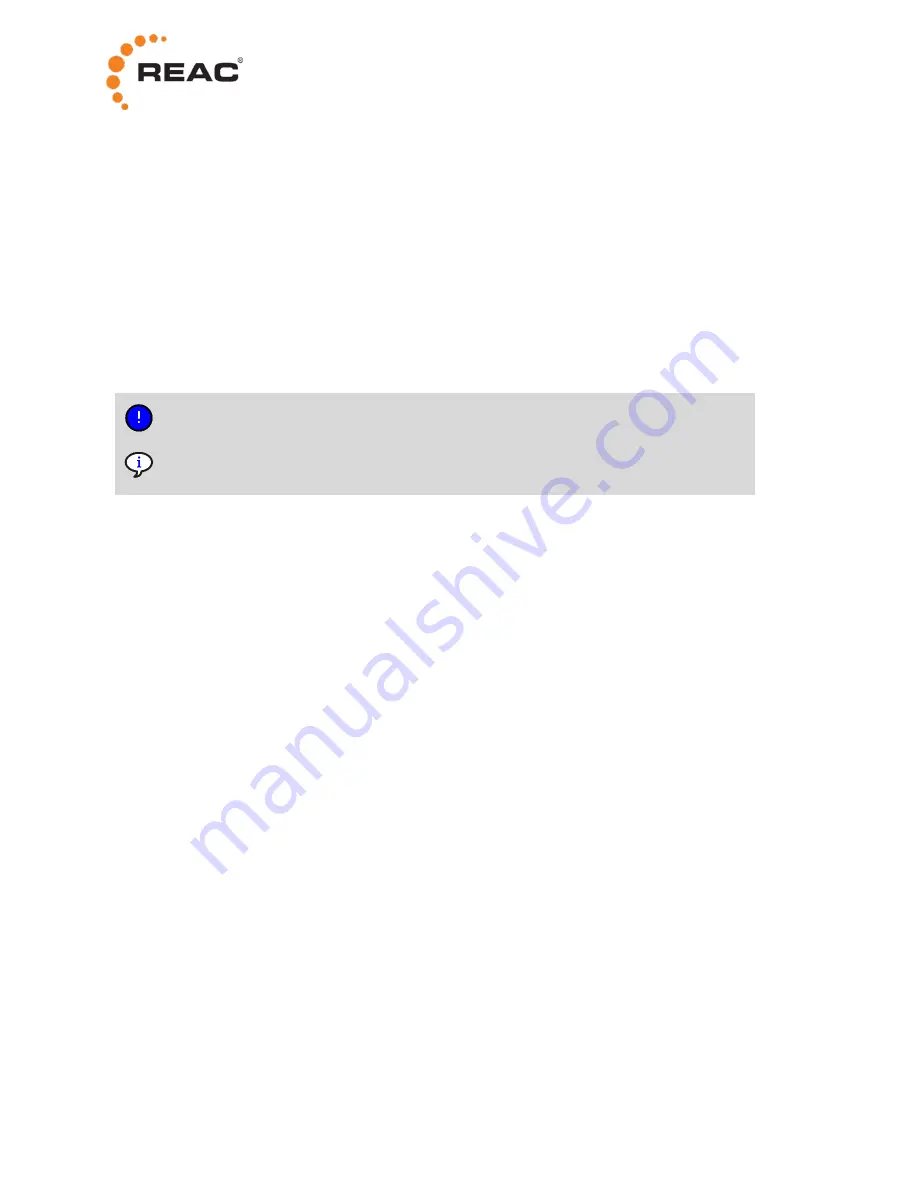
10
4 Operation
4.1 Charging the battery
For an optimum lifetime, you should charge the battery as often as possible. If the battery is not charged
regularly, it will be damaged due to self-discharge. Frequent deep discharge reduces the battery life.
To charge the battery, do the following:
1. Connect the battery charger to the RCB10+ charger jack and to a wall socket.
2. Check that the LED on the charger is red, indicating charging.
3. The charging time is approximately 6 hours.
When the charging is completed, the LED on the charger is green and all the battery level LEDs
on the hand control flash at the same time.
Only use the battery charger delivered together with the RCB10+.
If the RCB10+ has not been used for a long time, it is recommended to charge the
battery for 24 hours.
4.2 Disconnecting and activating the battery
To protect the battery from deep discharge, the battery can be disconnected automatically or manually.
For more information, see section 2.5.2.
You should manually disconnect the battery before shipping, storage, and when the RCB10+ will not be
used for a long time.
Before use, you must activate the battery again.
4.2.1 Disconnecting using the RST10
You can disconnect the battery by using the RST10 software, see section 5.3.3.
4.2.2 Disconnecting using a 9 V power source
You can disconnect the battery by connecting a 9 V power source, for example a 9 V battery.
9 V power source requirements:
•
Output connector: 5.5 mm x 2.1 mm barrel jack with positive center
•
Output voltage: 6-10 V DC
•
Output current: minimum 50 mA, maximum 800 mA (fused or current limited)
To disconnect the battery, do the following:
1. Connect the 9 V power source to the RCB10+ charger jack.
2. Do one of the following:
a. Wait minimum 5 seconds and maximum 10 seconds.
b. Wait until all LEDs on the hand control start flashing.
3. Disconnect the power source.
4. The battery is now internally disconnected and no operation is possible.
Содержание RCB10+
Страница 1: ...www reac se USER MANUAL RCB10 REAC CONTROL BOX...
Страница 30: ...28 Label example packaging...



























